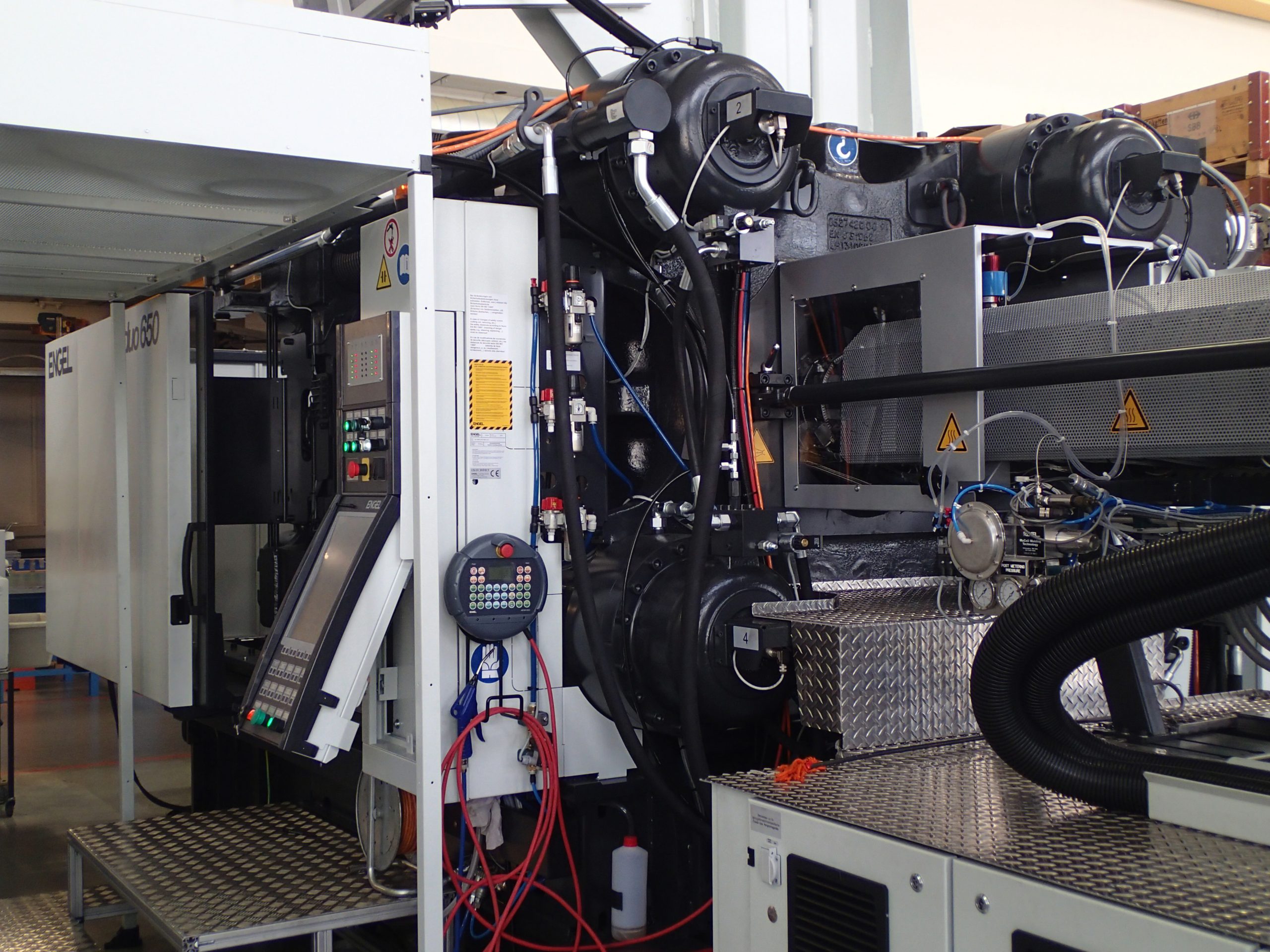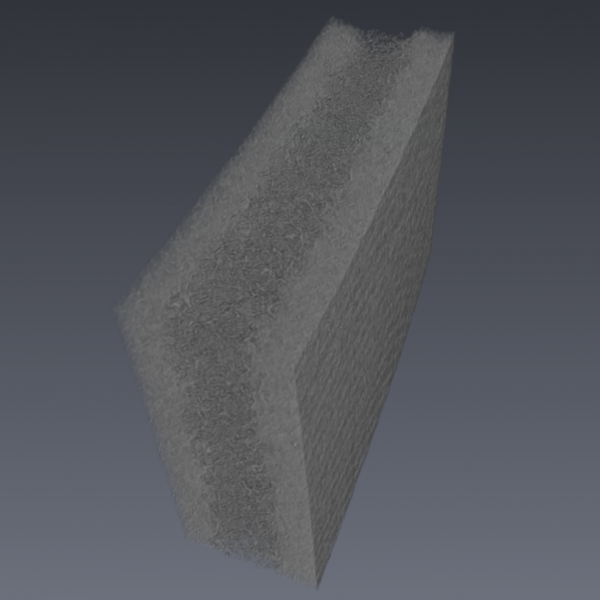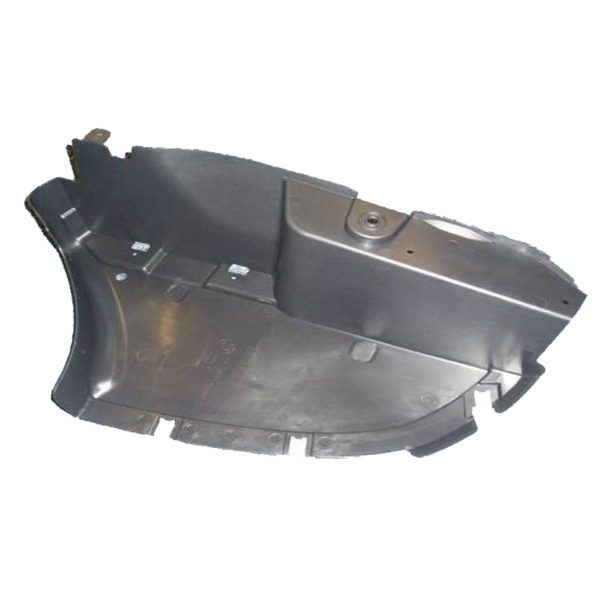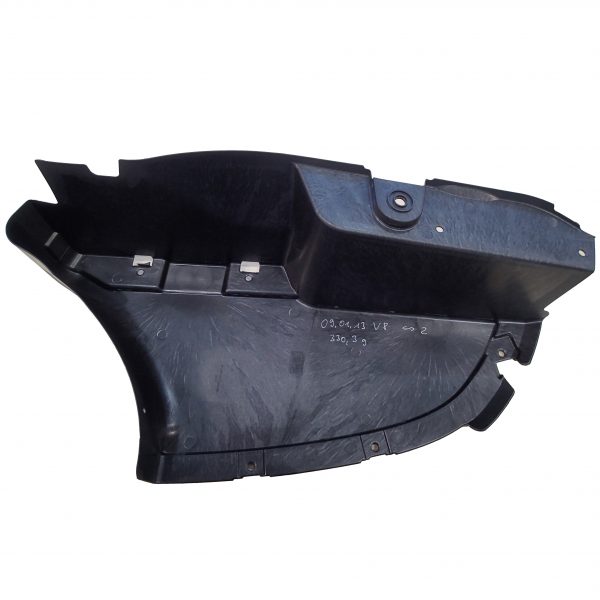MuCell
MuCell is a thermoplastic foam injection molding process with the aim to reduce weight.
The process is just a physical manufacturing process requiring no addition of chemical blowing agents to the granulate and dispensing with requirements of decomposition processes to generate blowing gases to foam plastic moldings.
The advantages of this process are:
- Weight Reduction
- Less Deformation and
- Reduced Sink Marks





Technology
The MuCell thermoplastic foam injection molding technology is based on simple physical principles. Good homogenization will be achieved by high pressure introduction of inert gas (usually N2 or Co2) into thermoplastic melts during plasticization. When injecting this into a mold, the pressure drop directly after the injection nozzle will result in cell formation. The result will be integral foam – solidified compact edge layers over a foamed core – similar to sandwiched structures.
This will generally save at least 8% of the weight when compared to conventional compact injection molding. Even more weight may be saved with optimized designs of components and molds. Reference may also here be made to processes such as negative embossing strokes integrated into a mold. The change in mechanical properties caused by foaming should be taken into account in the component design.
Expansion of the gas will generate the cavity pressure required to compensate for shrinkage and also, as opposed to standard injection molding, enable production of components with excellent dimensional stability and accuracy that are also virtually free of distortion and pock marks. Since outgassing during the injection process will create flow marks on the surface of components that are not specifically designed and processed for this purpose, such parts require special treatment where they will be visible. These effects may be covered by IMD, or significantly reduced by e.g. variothermal treatment near surfaces or special tool coatings.
Advantages
- Reduced cycle time
- Lower scrap rate
- Reduced warpage
- Wall thickness optimized design
- Less change loops
- Reduced consumption of fossil raw material
- Recyclable
- Reduction of CO2 emission
- Function focused design
- Enhanced component integration
Potential applications
- Automotive Sector
- Air ducts
- Subfloor cladding
- Supports
- Components with lengthy flow paths
- Flat components with stiffening by negative embossing strokes
- Office / Household / Industrial machines
- Packaging
- Semiconductor